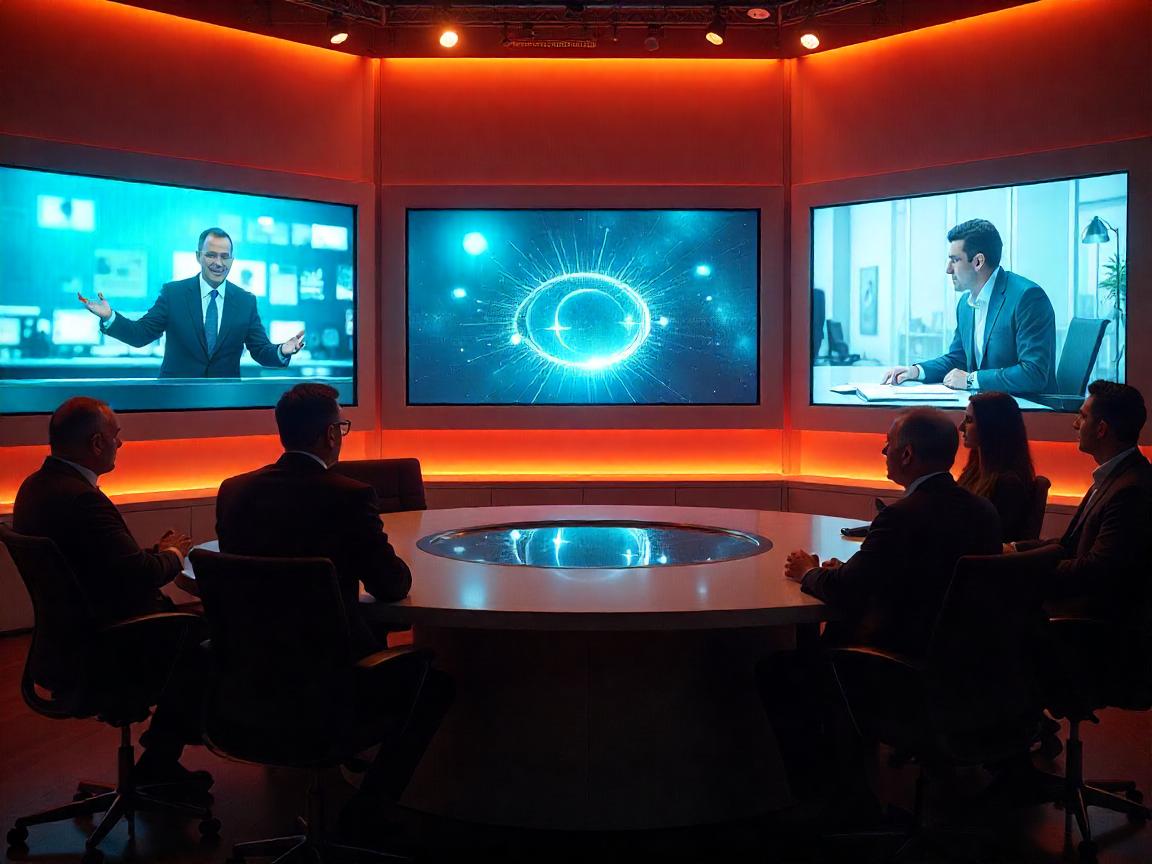
The New Frontier of Generative Video Technologies
Text-to-video AI: Think about typing a sentence such as A lion runs after a drone across neon-laden Tokyo at night and within seconds, you witness an eye candy video of the same appear in fullscale in front of your eyes. Those are no longer fabulous sci-fi fantasies daytime fantasies, but a new reality in 2025. Generative video technologies have been officially born, and they are already redefining the principles of how to tell a story, advertise, and even fake.
They include Open AI Sora and Google Veo and Runway Gen-3, as well as indie platforms such as Pika Labs, and the market has been flooded in the last few months. These instruments are able to create minutes-long high definition videos on top of plain English prompts. A Goldman Sachs March 2025 report estimates that the generative video industry will be worth 23 billion in 2028 and estimated to grow with the help of marketers, entertainers, and educational applications. However, In correspondence with the fireworks of the technology, one also unleashes the Pandora box of ethical, legal and existential conundrums.
A Creative Renaissance—or the Artist’s Dilemma?
It is no doubt that generative video is reducing the level of visual storytelling. Now, small teams, even individual creators, can create sophisticated video with no actors, cameras or editing suites. We have The Frame Project a YouTube short film channel which created a dystopian animation based on Sora consisting of five minutes and was made within 48 hours. No studio. No voice talents. One simply sets and adjusts text.
Does that imply that film producers and animators are being eliminated? Not exactly. Oscar-nominated director Neal Taylor, who recently appeared at the Tribeca AI Panel, sees it this way: AI does not eliminate ingenuity it shaves out the drudgery. It is the human perception that makes the final call.” That is where things get dirty. Generative tools do not eliminate creativity, but redefine who has access to this activity.
Real-World Use Cases: From Ads to Education
Corporations are not far afield. Coca-Cola recently introduced a worldwide summer-ad campaign via generated tropical beach sceneries reproduced with Veo without having to be re-shot in a different target market. According to the company, it managed to lower the cost of production by 60 percent and rolled out variations of the campaign in 14 countries in 2 weeks. Such agility has never existed before.
In education, startup companies such as EdVidia embrace the generative video to develop an interactive learning experience. Learners have the possibility of triggering real-time historic re-enactments or animated science demonstrations. This spring an entire high school in Toronto piloted the tool and achieved a 22 percent increase in knowledge retention in visual learners. That is more than the novelty it is the re-making of pedagogy.
The Deepfake Dilemma: Can We Still Trust Our Eyes?
The higher the innovation the higher the responsibility and at this juncture the edges are very thin. The technology of generative video is moving to a hyper-realistic standard, and deepfakes are gaining credibility. March 2025 European stock markets plunged before quickly recovering when a fake video of ECB President Christine Lagarde announced negative interest rates. There were no tells in the video: it was a perfect one.
This evokes cold shivers: What will be when AI-created content will be indistinguishable to the real world? What can we do to verify true in the age of synthetic images? An Edelman Trust Barometer conducted in 2025 revealed that 68 percent of consumers do not believe the integrity of online videos anymore, which is a huge loss of graphic credibility.
You will want to take into consideration the following bullet points:
- Theft of identity: It is possible to imitate the face and the voice of a person with the help of AI against his will.
- Legal uncertainty: In the present copyright legislation, ownership of AI-generated video has not been made clear.
- Weaponization threat: Just as a lie told about an opponent, misleading political videos can be generated and transmitted within minutes.
The Race to Regulate: Late, But Maybe Not Too Late
Governments are awakening up. The Amendment of the AI Act required by the EU in 2025 makes metadata watermarking on visual objects produced by AI capital. In the meantime, in the U.S, the FTC initiated investigations into the operations of influencer marketing agencies that publish AI videos without declaring them. These are good, albeit retroactive efforts.
The corporate world is on the go as well. OpenAI, Google and Meta have created a Content Provenance Alliance – an industry-across effort to promote video verification functionality at model level. However, as Dr. Lina Alvarez, a researcher at the MIT AI Ethics team once stated in a recent podcast, governance will always be left behind by innovation. And this is the gap wherein the harm gets done.”
Final Thoughts: Innovation Without Guardrails Is a Mirage
To cut it all short, generative video technologies are jaw-dropping. They ensure that they can deliver a world where fantasy can turn to action, where artistic limitations will be broken, and narratives can be made democratized. It this will not be a revolution, however, without a cost, but we are not being coy, let us think.
We have known this pattern. Social media united the world, and then, it divided it. It is the same case here . Unless we take a time off and construct structures that defend truth, identity and accountability. Much of it is because in a (world) where everything is fabricatable, authenticity is the new gold.
The question is not whether AI is going to transform the way in which we tell stories. It is a matter of whether we, as a society, are willing to accept responsibility. We must consider what the stories do to the real world.
